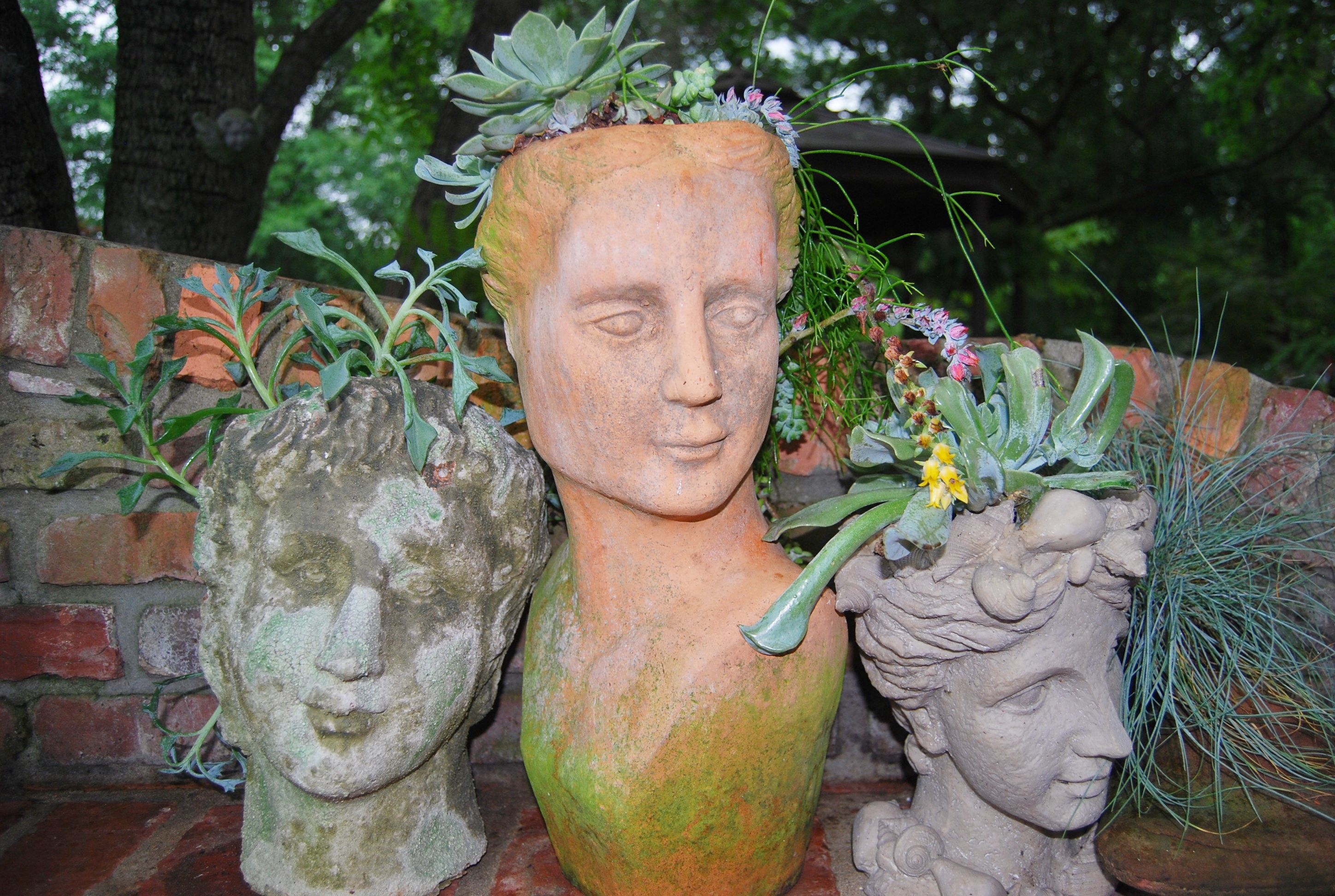Succulents require little care, and they reward you with beautiful foliage and occasional blooms.
The popularity of succulents has exploded over the past couple of years. That might be because these are such unusual looking, hardy plants – they practically thrive on neglect.
Most, but not all, succulents come from desert areas. The familiar Christmas cactus, for example, grows in the rain forests of South America. Succulents are one of the largest plant groups, second only to orchids.
Although they are tough plants, you can kill them easier by pampering them than by neglecting them. Hold back on the water and learn to watch for signs of shriveling. Water when you see the plant start to wrinkle a bit, make a note of the date, then watch for shriveling again. This way you will know about how long your plant can fend for itself before you have to water it.
These plants prefer bright light, such as found near a south-facing window. Watch the leaves for indications that the light level is correct. Some species will scorch if suddenly exposed to direct sunlight. The leaves will turn brown or white as the plant bleaches out and the soft tissues are destroyed. An under-lit succulent will begin to stretch, with an elongated stem and widely spaced leaves, a condition known as etoliation. When this happens, provide better light and prune your plant back to its original shape. Many varieties of succulents will thrive outdoors in the summer. Avoid north-facing windows when you bring your plants inside for the winter because although the light is bright, there is just not enough of it for these plants.
Succulents are much more cold-tolerant than many people think. In the desert, where there is often a marked contrast between night and day, succulents thrive in colder nights, down to 40 degrees Fahrenheit. Ideally, succulents prefer daytime temperatures between 70 and about 85 degrees and nighttime temperatures between 50 and 55.
Your succulents should be watered generously in the summer. The potting mix should be allowed to dry between watering, but do not underwater. During the winter, when the plants go dormant, cut watering back to once every other month. Overwatering and ensuing plant rot is the single most common cause of plant failure. Be aware, though, that an overwatered succulent might at first plump up and look very healthy. However, the cause of death may have already set in underground, with rot spreading upward from the root system. A succulent should never be allowed to sit in water.
The following are signs of under- or over-watering:
Over-watered plants are soft and discolored. The leaves may be yellow or white and lose their color. A plant in this condition may be beyond repair, but you can still remove it from its pot and inspect the roots. If they are brown and rotted, cut away dead roots and repot into drier potting media, or take a cutting and propagate the parent plant.
Succulents prefer generous water during the growing season (spring and summer). An under-watered plant will first stop growing, then begin to shed leaves. Alternatively, the plant may develop brown spots on the leaves.
Succulents should be potted in a fast-draining mixture that's designed for cacti and succulents. If you don't have access to a specialized mix, consider amending your potting mixture with builder’s sand to provide greater aeration and drainage. Succulents generally have shallow roots that form a dense mat just under the soil surface.
During the summer growing season, fertilize as you would with other houseplants. They love fish emulsion fertilizer, just be careful not to burn them with any type of fertilizer. Stop fertilizing entirely during the winter.
It takes new plants two-to-three weeks to fully adjust to new conditions. Most leaves have the capability of producing new plants. It is normal for any plant to shed a few leaves, so don’t panic if you have some turn brown and fall off. Worry when they turn a sickly looking yellow, that’s usually a sign of overwatering.
A good rule of thumb is that if a plant is showing signs of yellowing or turning an odd color on its bottom leaves, it’s usually due to overwatering. If it turns brown or yellow on top it is almost certainly a sign of under-watering.
Another tip about watering. Compare the leaves of a fern and one of your succulent. The thicker the leaf the less you need to water it. The thinner the leaf, as in the fern, the more moisture it requires. Succulent leaves are usually filled with water, allowing them to last a long time with no water or attention from you at all.
These plants are highly recommended for novice gardeners, college students, people with limited space for growing plants and friends who can kill Hobby Lobby plants.
Copyright 2016 Humble Roots, LLC. All Rights Reserved.

































